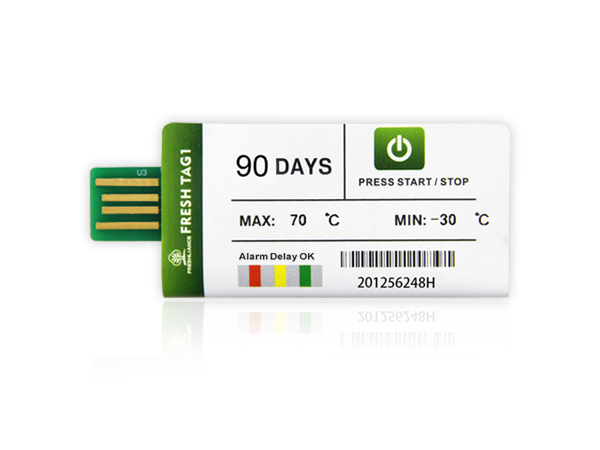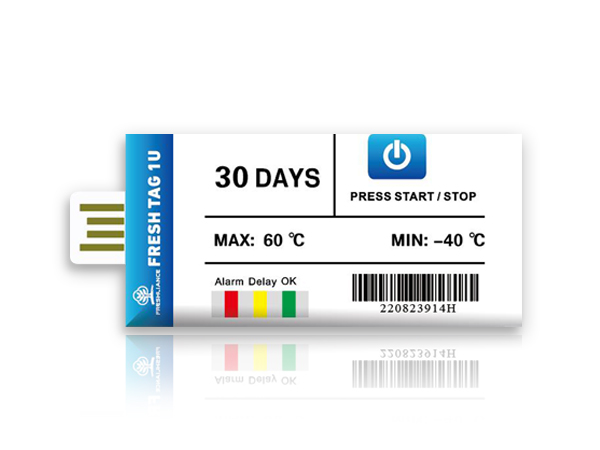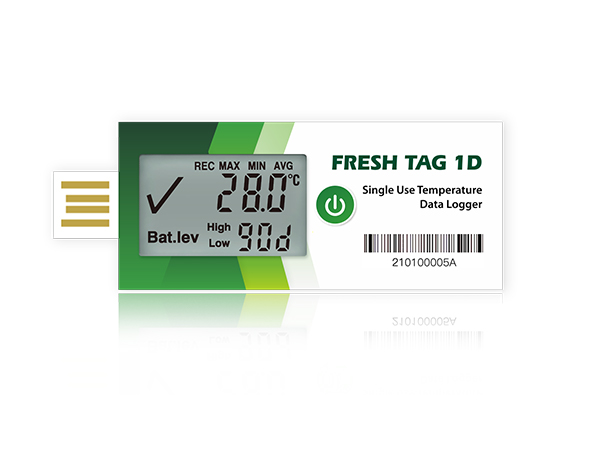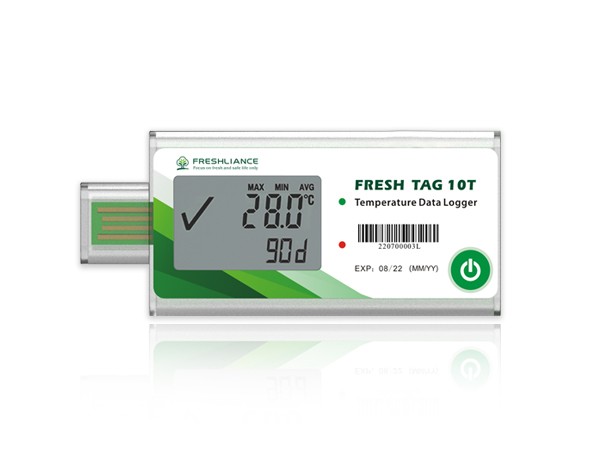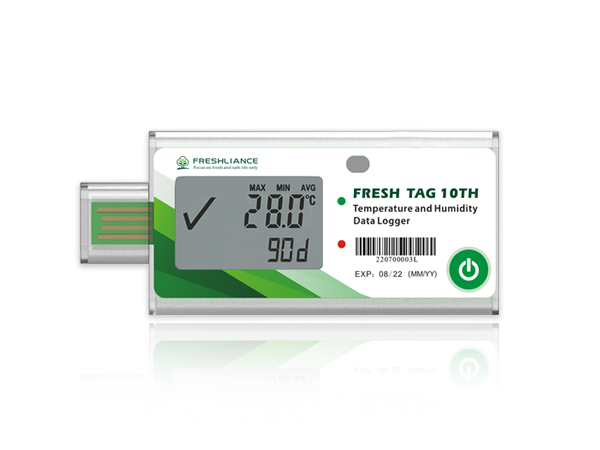Compared with conventional consumer goods, ice cream, because of its easy-to-melt and easy-to-hit characteristics, must meet stringent logistical and transport requirements for storage, distribution and packaging. The storage temperature of ice cream must be precisely controlled; relevant research shows that the best temperature for ice cream storage is between -18 ℃ ~ -22 ℃; too high a temperature or fluctuations will have a significant impact on ice cream quality, it is difficult to retain the initial taste and the appearance of the refreezing process will be damaged to some extent.

Ice creams must comply with strict conditions of conservation and sale to consumers, whether they are made directly by retailers or purchased for resale. Ice cream must be kept at a temperature of -18° C or below. The freezer (a closed compartment generally located above the fridge) allows up to one month's preservation. Lower than the refrigerator, its temperature should oscillate between -6°C and -12°C. As for the freezer, its temperature is normally between -18°C and -24°C.
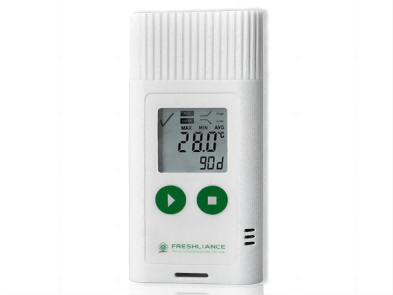
The TagPlus-T is a reusable temperature data logger with LCD display for easy visualization of temperature data. In this device, parameters can be set by a professional user before use. The complete travel history is recorded and downloaded in encrypted reports with summary data, graphs and tables. The report can be read directly from a target computer. Temporary mode allows the device to continue operating once users have generated and read the temporary report. This USB temperature sensor is an ideal choice for recording temperature changes of sensitive products in transit.

 English
English Español
Español Русский
Русский Français
Français Deutsch
Deutsch عربي
عربي 中文
中文